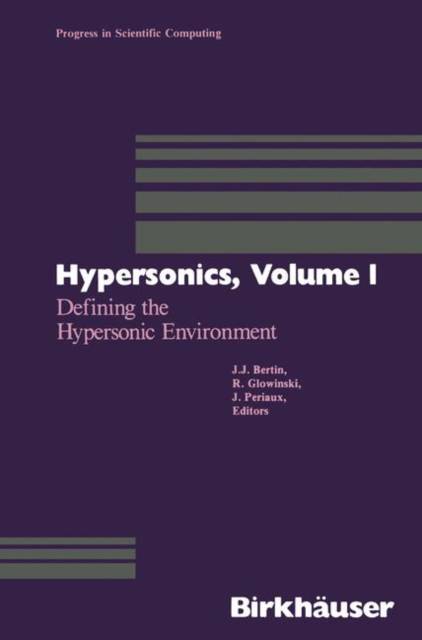
- Afhalen na 1 uur in een winkel met voorraad
- Gratis thuislevering in België vanaf € 30
- Ruim aanbod met 7 miljoen producten
- Afhalen na 1 uur in een winkel met voorraad
- Gratis thuislevering in België vanaf € 30
- Ruim aanbod met 7 miljoen producten
Zoeken
Omschrijving
Tbe task of defining the aerothermodynamic environment for a vehicle flying through the air at hypersonic speeds offers diverse challenges to the designer. He must integrate a wide variety of scientific and technical disciplines, blending mathematical modeling, computational methods, and experimental measurements. Many of the manned reentry vehicles are relatively blunt or fly at very high angles of attack (so that the drag is relatively large) and enter the atmosphere at a relatively low entry angle. As a result, the hypersonic deceleration occurs at very high altitudes. Because the conversion of kinetic energy to internal energy modes occurs in a low density environment, the flow-field chemistry is an im- portant consideration. Experiments on the U. S. Space Shuttle demonstrated the importance of nonequilibrium flow and surface catalycity on the heating to the vehicle. To determine the aerothermodynamic environment of other vehicles op- erating hypersonically at very high altitudes, e. g., the Aero-Assisted Space Transfer Vehicle, the designer may have to consider viscous/inviscid interactions and the modeling of noncontinuum flows. Configurations that have a relatively high ballistic coefficient (such as slender reentry vehicles) and reenter the atmosphere at relatively high angles of attack experience severe heating rates and high dynamic pressures, but only for a short period of time. For these vehicles, continuum flow models incorporating equi- librium chemistry are reasonable.
Specificaties
Betrokkenen
- Auteur(s):
- Uitgeverij:
Inhoud
- Aantal bladzijden:
- 549
- Taal:
- Engels
- Reeks:
- Reeksnummer:
- nr. 8
Eigenschappen
- Productcode (EAN):
- 9781468491890
- Verschijningsdatum:
- 22/12/2012
- Uitvoering:
- Paperback
- Formaat:
- Trade paperback (VS)
- Afmetingen:
- 152 mm x 229 mm
- Gewicht:
- 739 g

Alleen bij Standaard Boekhandel
+ 167 punten op je klantenkaart van Standaard Boekhandel
Beoordelingen
We publiceren alleen reviews die voldoen aan de voorwaarden voor reviews. Bekijk onze voorwaarden voor reviews.











